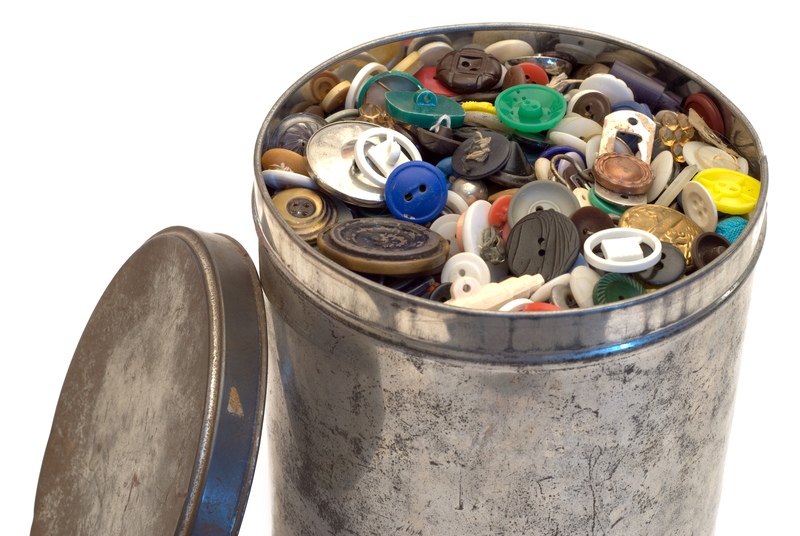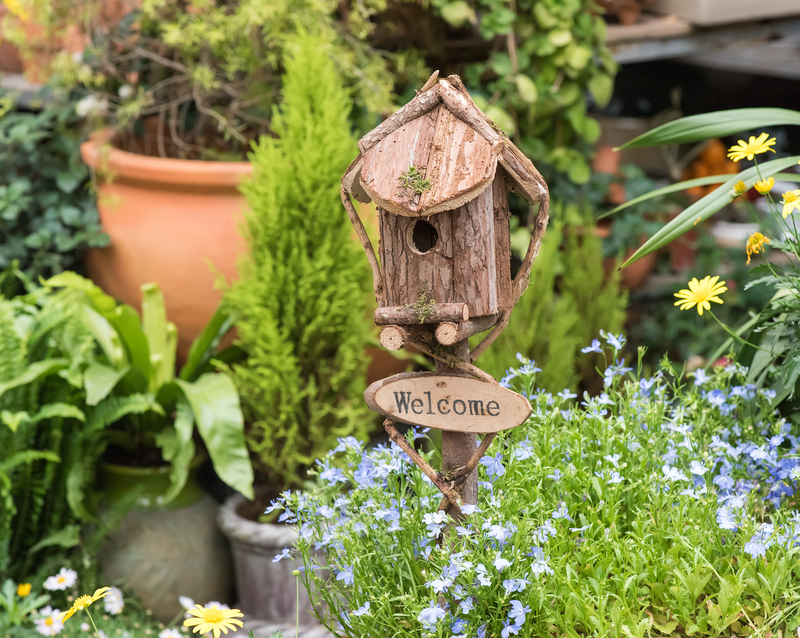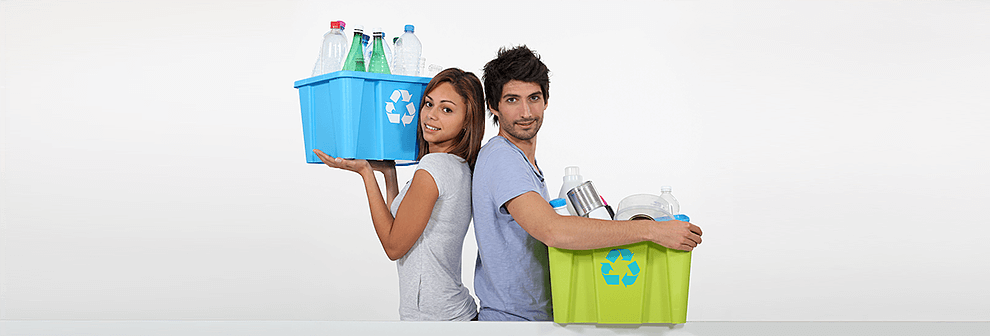Easy Paper Recycling at Home in 6 Steps
Posted on 30/06/2025
Recycling paper at home is an effortless yet impactful way to contribute to a sustainable environment. With an increasing emphasis on green living, understanding how to recycle paper efficiently can significantly reduce waste and promote resource conservation. This article will guide you through easy paper recycling at home in six simple steps.
Step 1: Gather Your Materials
To begin, collect all your paper waste. This includes newspapers, magazines, office papers, and cardboard. Sort through the piles to ensure that no non-paper items are mixed in, as contaminants can interfere with the recycling process. Maintaining separate bins for paper can simplify this step tremendously.

Step 2: Shred the Paper
Next, shred the collected paper. This facilitates faster breakdown during the recycling process. If you do not have a shredder, you can manually cut the paper into small pieces. The smaller the pieces, the easier and more efficient the recycling process will be.
Step 3: Soak the Paper
Fill a large container with warm water and immerse the shredded paper in it. Let it soak for at least a few hours - overnight if possible. The soaking process helps break down the paper fibers, making it easier to mold them later. Stir occasionally to ensure all paper is soaked evenly.
Step 4: Blend into Pulp
After soaking, the next step is to blend the paper into a pulp. Use a blender to mix the soaked paper pieces with water until it reaches a thick, soup-like consistency. This pulp will be the base material for your recycled paper.
Step 5: Screen the Paper Pulp
Create a screen using an old picture frame and mesh. Pour the blended pulp onto the screen and spread it evenly. This will shape the pulp into a thin, uniform sheet. Remove excess water by pressing down with a sponge or cloth.
Step 6: Dry and Flatten
Finally, allow the formed paper to dry thoroughly. Place the screen with the pulp on a flat surface and wait for it to dry. This might take a few hours to a whole day. Once dry, carefully peel the paper off the screen. You can press the sheet under heavy books to flatten it further.
The Pros and Cons of Paper Recycling at Home
Pros:
1. Environmental Impact: Reduces waste in landfills and saves trees.
2. Cost-Effective: Less money spent on purchasing new paper.
3. Educational: Provides a learning opportunity for kids about sustainability.
4. Creativity: Can produce personalized stationery or handmade crafts.
Cons:
1. Time-Consuming: Requires a fair amount of time from start to finish.
2. Space Needed: Needs space for drying and storing recycled paper.
3. Initial Setup: Requires some initial investment in materials and tools (shredder, blender, screen).
Tips for Effective Paper Recycling
1. Use Natural Additives: Adding natural plant fibers can enhance the strength and quality of the recycled paper.
2. Avoid Glossy Paper: Magazines and glossy papers can be harder to recycle and should be avoided.
3. Regular Schedule: Make recycling a regular habit to manage waste effectively.

Takeaways
Recycling paper at home is an accessible and rewarding environmental practice. By following these six simple steps, you can turn waste paper into usable products, thus reducing environmental impact. Awareness of both the pros and cons allows you to anticipate potential challenges and address them effectively.
Conclusion
The importance of recycling paper at home cannot be overstated. Through simple methods and a bit of effort, you can contribute significantly to environmental sustainability. Start with these easy steps, and you'll not only reduce waste but also cultivate a valuable habit that benefits the planet. Remember, every small effort counts in the journey toward a greener tomorrow.






